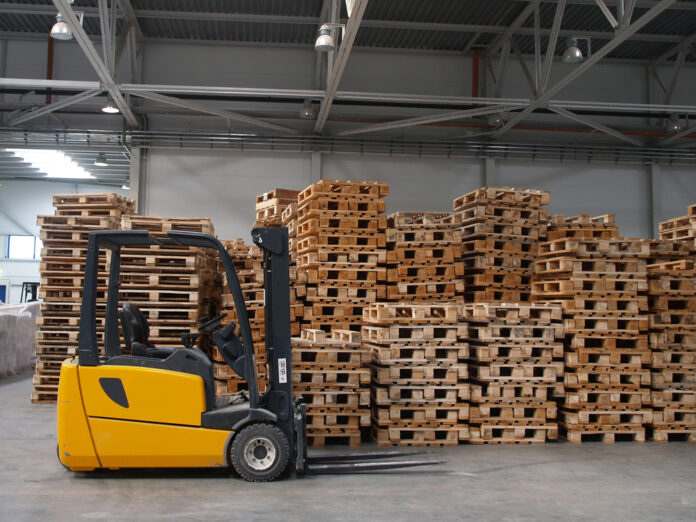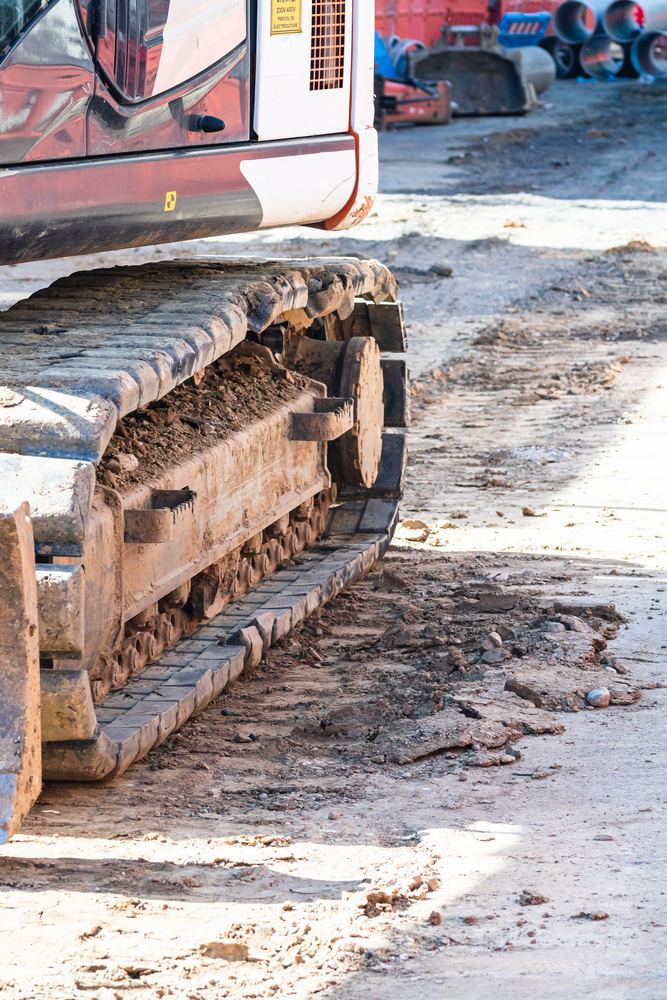
Taking a shipping container from point A to B involves many variables, from arranging the products inside the container to loading, hauling, tracking, and delivering.
In addition, you must be aware of several regulations, permits, and documents to complete the transportation process legally.
Shipping companies handle most of the logistics. However, suppose you run a company and want to handle the loading process yourself. In that case, you must consider some logistic aspects for efficient shipping—without damage and within the time you offer.

Rubber tracks and undercarriage parts, such as idlers, rollers, and sprockets, are the most common replacements for heavy equipment.
Rubber tracks aren’t just big bands of rubber. Their components include steel embeds and cables, which provide the necessary strength to withstand the weight of the equipment, the heavy tasks, and the harsh job site conditions. Because of all those components, rubber tracks can weigh from 65 lbs to more than 2,000 lbs.
On the other hand, idlers, rollers, and sprockets weigh 15 to 100 lbs, depending on the machine model.
A stack of five standard 48×40-inch American pallets with 15 Cat 289C rollers (45.76 lbs each) per pallet would weigh 3,432 lbs. On the other hand, a stack of 6 John Deere 317G 400x86x50 rubber tracks (without counting the weight of the pallet) would be 2,640 lbs.
You’ll need a forklift with a rated lifting capacity of more than 3000 lbs. It must also be low enough to securely enter a 20—or 40-ft. container, whose internal heights are 7.9 ft. and 7.10 ft., respectively. Models like the Toyota Core IC Cushion 50-8FGCU18 and the Clark C-Series C18C comply with both conditions.

Next, you must prepare the intended site to receive the container. You’ll need a leveled site to ensure the contents are evenly distributed inside the container and guarantee the safety of the delivery truck while loading the container for transport.
Paving or compacting a sand or gravel bed is one of the most common ways to prepare your site.
Regardless of the surface type you choose, make sure it’s level. In addition to content distribution problems and truck loading risks, uneven ground can cause issues when opening and closing the shipping container doors.
Finally, the distribution of pallets in the container matters for safety, stability, and compliance during transit. Here’s how uneven loads can impact the shipping process:
- It changes the container’s center of gravity, causing instability (tipping or swaying) during transit.
- It can stress certain parts of the container, leading to structural damage or collapse.
- It can violate US regulations like the Bridge Formula or the axle weight limits.
- The Bridge Formula aims to protect infrastructure, especially bridges, from excessive stress and damage due to heavy vehicles.
- The Federal Highway Administration (FHWA) establishes axle load limits to maintain road safety and infrastructure integrity.
Heavy equipment parts are sturdy, so they won’t easily get damaged by a container accident. The real hurdle in logistics is a shipping delay. Time is serious money in the heavy equipment industry, so a machine waiting for a spare part due to shipping delays is something you definitely don’t want to happen to your business.





